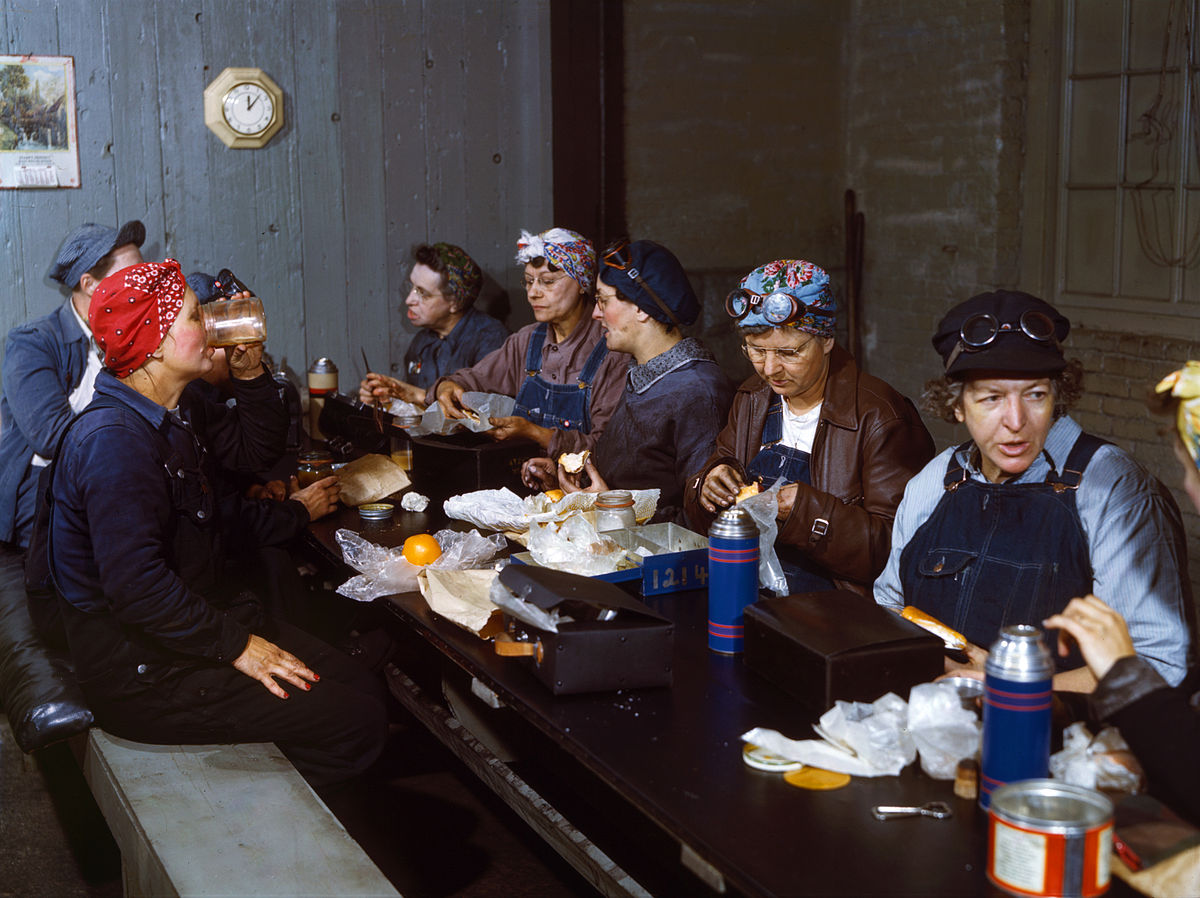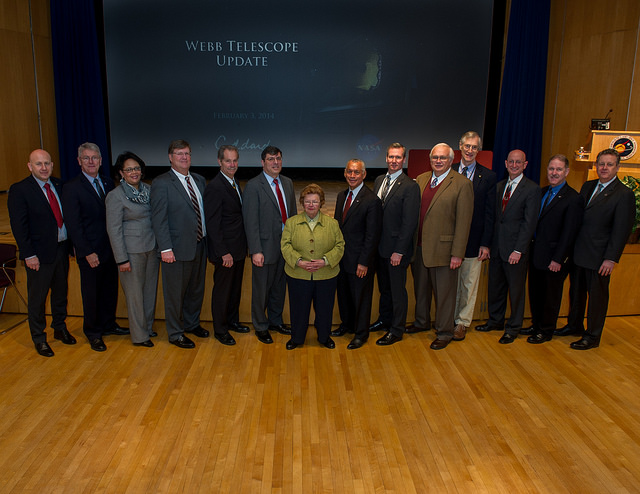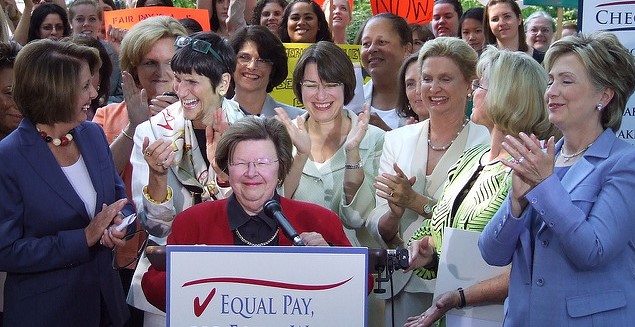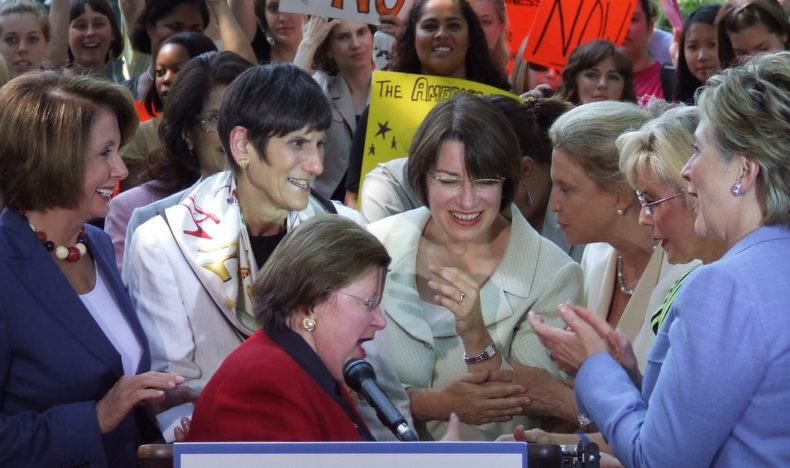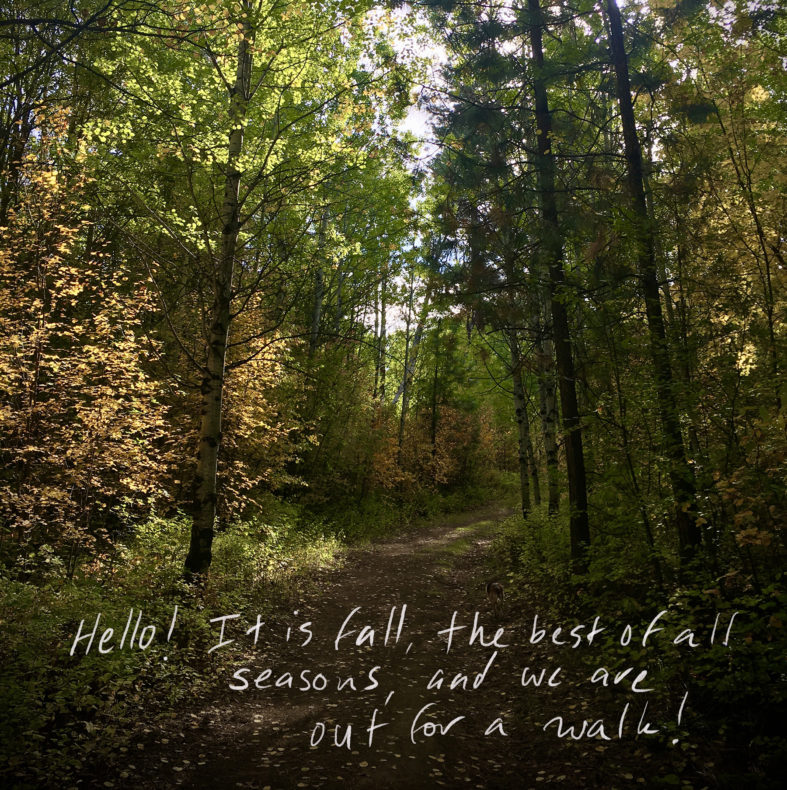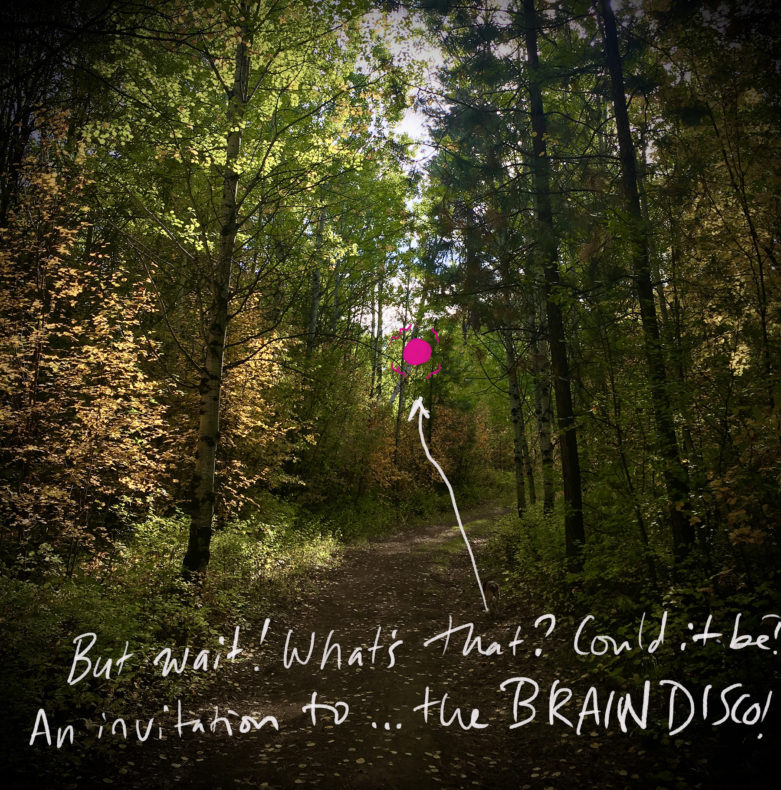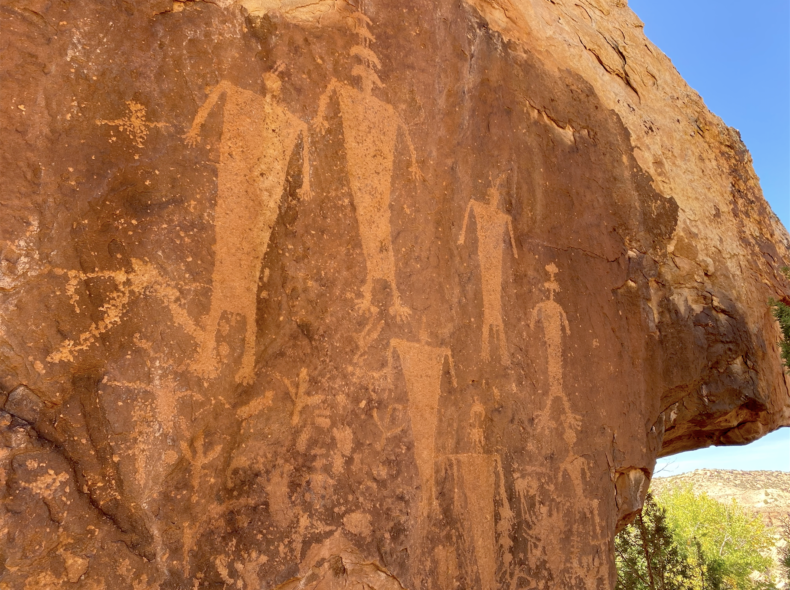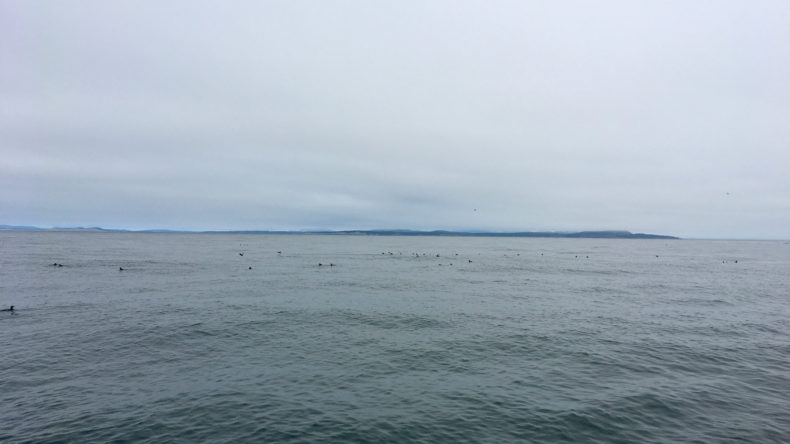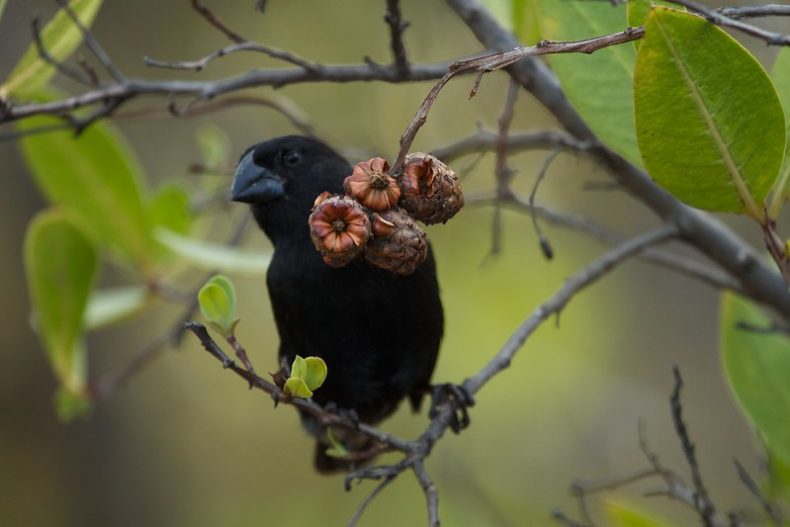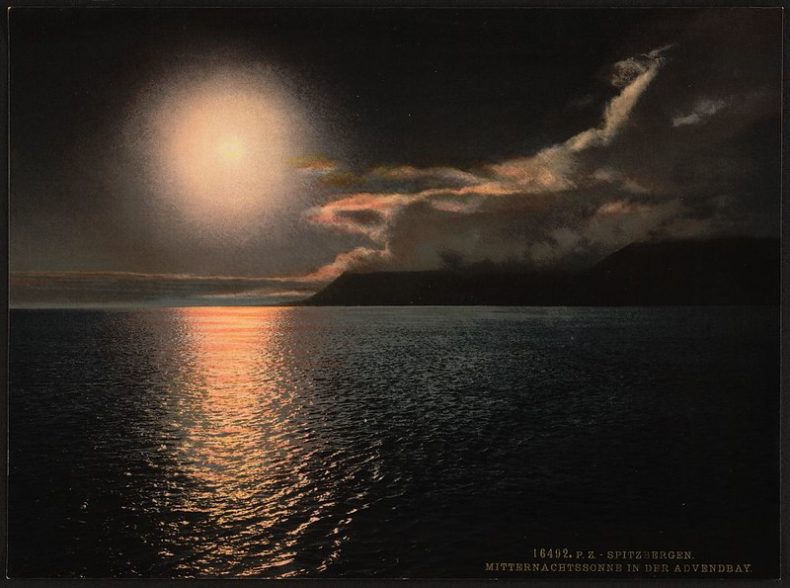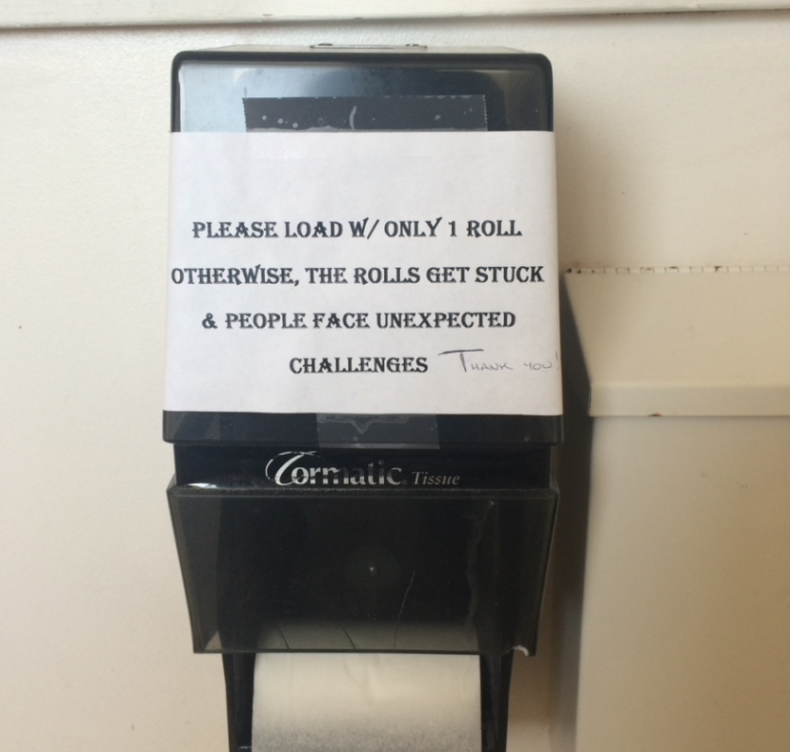
The other day, my friend Max — a brilliant aquatic scientist whose work lies at the center of the herpetology/gender studies Venn diagram — tweeted a comment he’d received from an anonymous peer reviewer. Evidently this reviewer had doubted Max’s claim that frogs have political economic histories. Max’s reply: “lolz yes. All critters on Earth have socio-cultural & political economic histories.” (If the reviewer found this tweet convincing, Max didn’t say so.)
I agree with Max’s assertion — heck, even a creature as obscure and humble as the achoque salamander is deeply embedded in socio-cultural webs of religion, science, and regulatory bureaucracy. That said, I’m skeptical that every species has an equally compelling socio-political history. While one could theoretically write an exhaustive work of political economy about, I don’t know, the red-backed vole, I’m not sure I’d want to read it. (Apologies to all the mammalogists I just mortally offended.)
I’m biased, but I’d argue that the political economy with the most explanatory power in the non-human animal kingdom is that of Castor canadensis, the mighty beaver. How many other species were the subject of a transcontinental trade that spanned centuries and fundamentally restructured European and Indigenous North American cultures? How many species spurred the colonization of a continent, started wars, inspired a real estate transaction as grandiose as the Louisiana Purchase? How many species were so economically important that regional currencies were pegged to the value of its fur? I could go on. Somebody should really write a book about this.
Anyway, Max’s tweet got me wondering: Which other species are crying out for a popular political economic history? Most of the obvious ones, I think, have been written. Mark Kurlansky covered cod (and, in so doing, made the single-species biography a genre). David Montgomery did salmon. Whales have been comprehensively documented, most recently by Rebecca Giggs and Bathsheba Demuth. There’s no shortage of books about influential disease vectors (mosquitos, rats, ticks) and species at the center of management controversies (wolves, bears, spotted owls) and commercially valuable sea creatures (save some fish for the rest of us, Paul Greenberg).
In short, it’s a crowded market. (Although I do think the world badly needs a prairie dog opus.)
(As a brief aside, I’m aware that I’m defining political economy vis-a-vis species’ interactions with humans, a narrow frame that reveals my anthropocentrism and limited imagination. No doubt many animal societies have endlessly rich political economies of their own, entirely unrelated to their relationship to humans. Imagine the palace intrigue within, say, a naked mole rat colony.)
All of the above notwithstanding, there’s one deserving critter whose political economy has never, to my knowledge, been thoroughly explicated: the Colorado potato beetle.
Continue reading